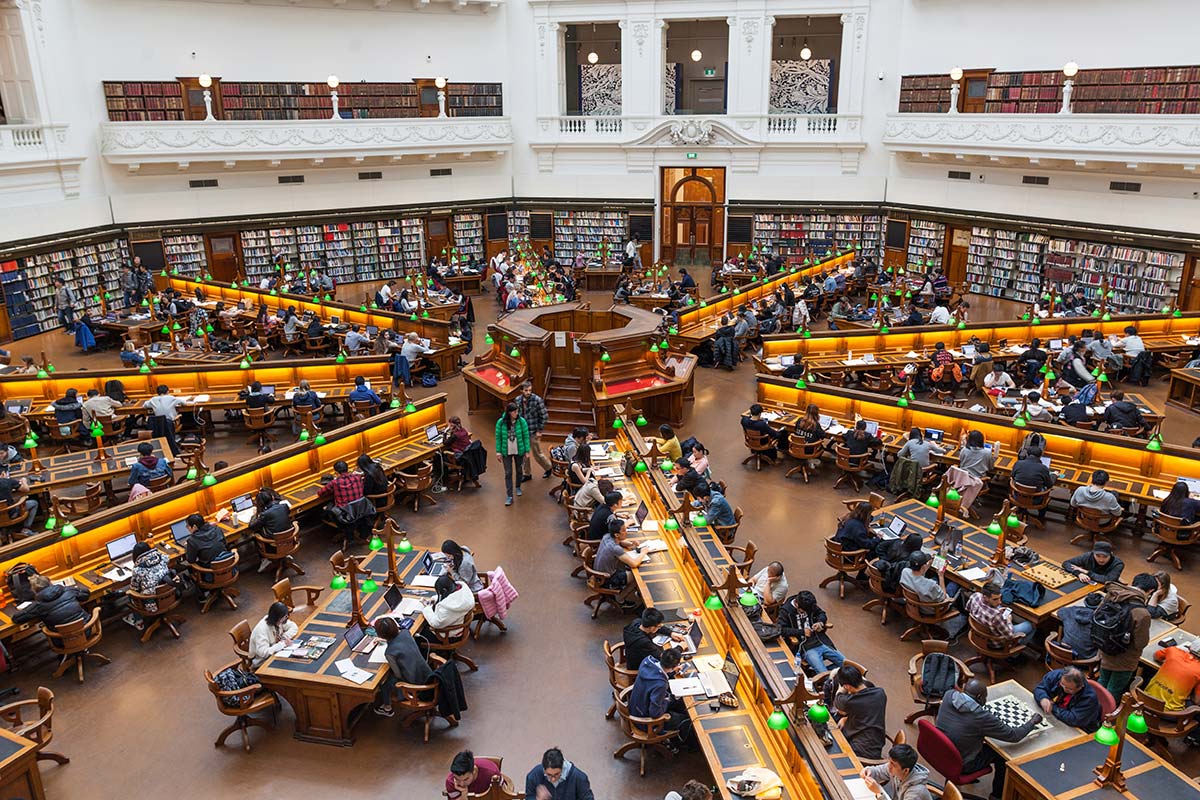
What do actress Teresa Palmer and politician Anthony Albanese have in common? They are famous Australians raised in public housing before going on to achieve successful careers despite challenging circumstances.
But Australian children growing up in our most disadvantaged neighbourhoods face less opportunity for upward social mobility when compared to peers living close to middle class suburbia because a ‘fair go’ in their struggling communities is becoming a distant dream.
That’s the sentiment echoed in a Flinders University study of young people living in highly disadvantaged suburbs in Sydney, Melbourne and Adelaide after researchers analysed their access to facilities and networks when compared with peers living nearby more affluent suburbs.
“Australians often imagine that our nation offers equal opportunities for young people willing to put in the hard yards regardless of where they happen to be born, but our study, where we talked in depth with a range of young people aged about 11-15 years, shows your location dictates the opportunities that exist for you,” says Associate Professor Gerry Redmond, Dean of Research at the College of Business, Government and Law at Flinders University.
“The ability to change your stripes in one generation is meant to be possible through hard work, but it’s becoming more difficult because the facilities, infrastructure and social networks that develop skills for the job market feel out of reach for many.”

The research, by Associate Professor Redmond and Dr Jennifer Skattebol at University of NSW, shows disadvantaged young people don’t have the same opportunities as their peers to tap into support networks and develop the social skills required for success after they finish schooling, simply because of where they reside.
Research associate Dr Skattebol says that young people in suburbs of concentrated disadvantage are less likely to be able to access to football clubs, libraries and arts facilities than young people elsewhere.
In some cases, their schools are also less likely to have extra-curricular offerings that enable young people to engage in activities with young people who live in different areas and have different life experiences.
Associate Professor Redmond previously led the Australian Child Wellbeing Project (2012-2017), which used child-centred approaches to develop a survey to measure children’s wellbeing in their middle years.
‘Troubled kids? Locational disadvantage, opportunity structures and social exclusion‘ (2018) was published in Children’s Geographies (Taylor & Francis). The authors published a followup feature in The Conversation.
This work was supported by two grants from the Australian Research Council’s Linkage Program (LP0882352 and LP120100543). These grants were co-funded by Australian Government agencies, state governments of Victoria and South Australia, and non-governmental organisations (Mission Australia, the Smith Family, the Brotherhood of St Laurence, and the Association of Children’s Welfare Agencies). The project team comprised Professor Peter Saunders, Associate Professor Gerry Redmond, Professor Bettina Cass, Dr Jennifer Skattebol and Megan Griffiths.

